Bird-watching to Stargazing: Tailoring Binoculars to Your Interests
(This post contains affiliate links. We earn commissions on qualifying purchases at no extra cost to you.)
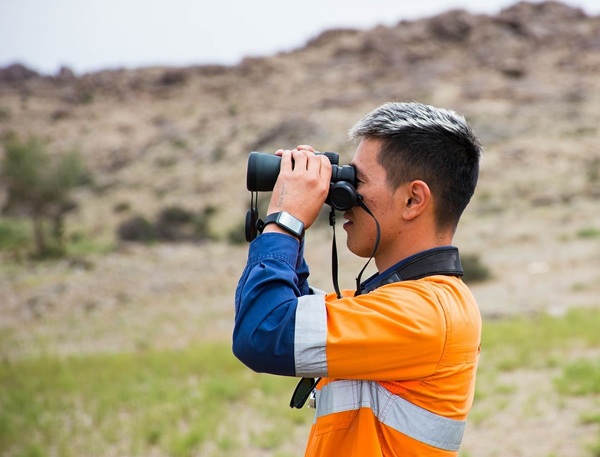
Unlocking the Basics of 10x50 and 10x40 Binoculars: What Do the Numbers Mean?
Are you on the hunt for the perfect binoculars, whether it's for birdwatching, sports viewing, or epic outdoor adventures?
Choosing the right pair can be a bit overwhelming, but fear not!
We'll explain what those puzzling numbers like 10x50 and 10x40 actually signify and what role they have in you making the right choice for your needs.
Understanding the Mysterious Binocular Numbers
Before diving into the sea of binocular options, let's decipher the enigmatic numbers printed on them. You'll usually spot two numbers separated by an "x."
The first number represents the power or magnification.
Let's take an example of 7x35. The "7" means that the object you observe will appear seven times closer than it would be with the naked eye.
The second number indicates the size of the objective lens, measured in millimeters across the lens.
Now, you might wonder, why does the lens size matter?
Well, here's the secret: the objective lens determines how much light your binoculars can capture for a clear and effective viewing experience.
Bigger Lens, Brighter View!
Yes, it's true. The higher the number, the larger the lens, allowing more light to pass through.
As a result, you get a brighter and more vibrant image when peering through your binoculars.
Field of View: Exploring the Wider Picture
Ever wondered how much of the landscape or action you can see through your binoculars? It's all about the field of view.
This refers to the side-to-side measurement of the circular viewing area visible at a distance of 1000 yards or meters.
Here's a tip: Generally, higher magnifications come with a trade-off - a narrower field of view.
So, if you love capturing wide landscapes or fast-moving sports events, you might want to consider a lower magnification to keep things within your sight.
Porro Prism vs. Roof Prism: The Battle of Designs
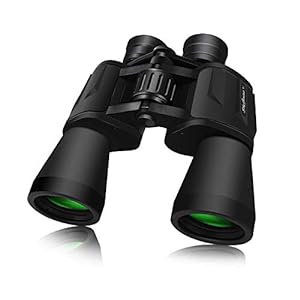
When it comes to binocular designs, we have two contenders: Porro prism and roof prism. How can you tell them apart? Well, it's all in the shape!
Porro Prism: With an angled design, porro prism binoculars form an elegant "M" shape when you stand them on their barrels.
These binoculars typically use an external focus wheel, which moves the eyepieces forward or backward along an external barrel for focusing.
Roof Prism: Sporting a sleek "H" shape, roof prism binoculars come with two straight barrels.
Their focusing mechanism is enclosed inside the binoculars and is adjusted with an external focusing knob or wheel.
While roof prisms might cost a bit more to manufacture and are generally pricier, they have their advantages.
Their narrow body shape makes them easier to handle, and with fewer external moving parts, they tend to be more durable and even waterproof.
Additionally, roof prisms often produce a seemingly larger image.
But don't rule out porro prism binoculars just yet!
In many cases, when comparing similarly priced options, porro prism types can actually outperform their roof prism counterparts.
So, whether you're seeking wildlife wonders, getting close to the action at a game, or exploring the great outdoors, understanding the magic behind the numbers and the differences in design will help you find the perfect binoculars!
-----------------------
On a personal note, I use a pair of Nikon 8245 ACULON A211 8x42 binoculars for viewing and a COOLPIX P900 Camera for photographing when out birdwatching.
More Information
How Digital Camera Binoculars Work
Digital - The Wave Of The Future
7 Tips To Know Before Buying So You're Not Disappointed
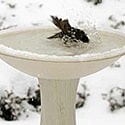 Heated Pedestal Baths |
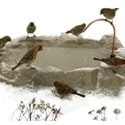 Heated Ground Bath |
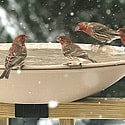 Heated Deck Mounted |
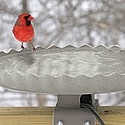 Scallaped Deck Mounted |






